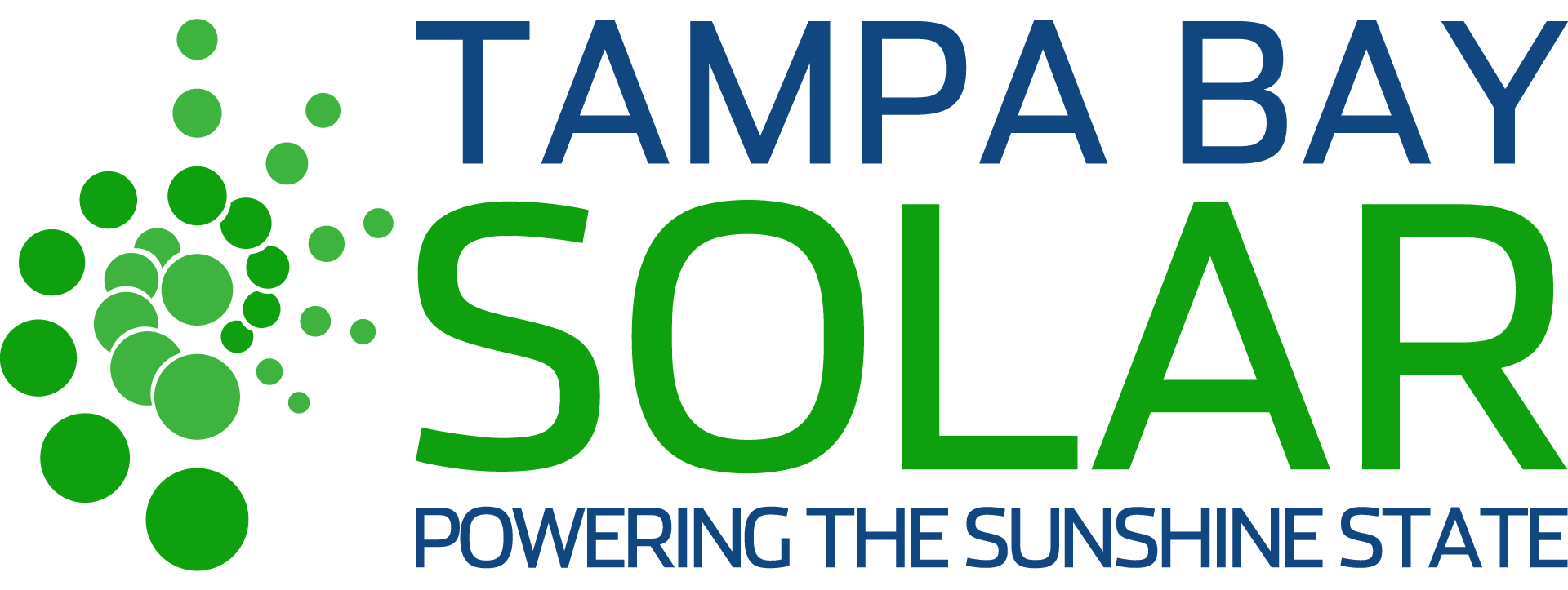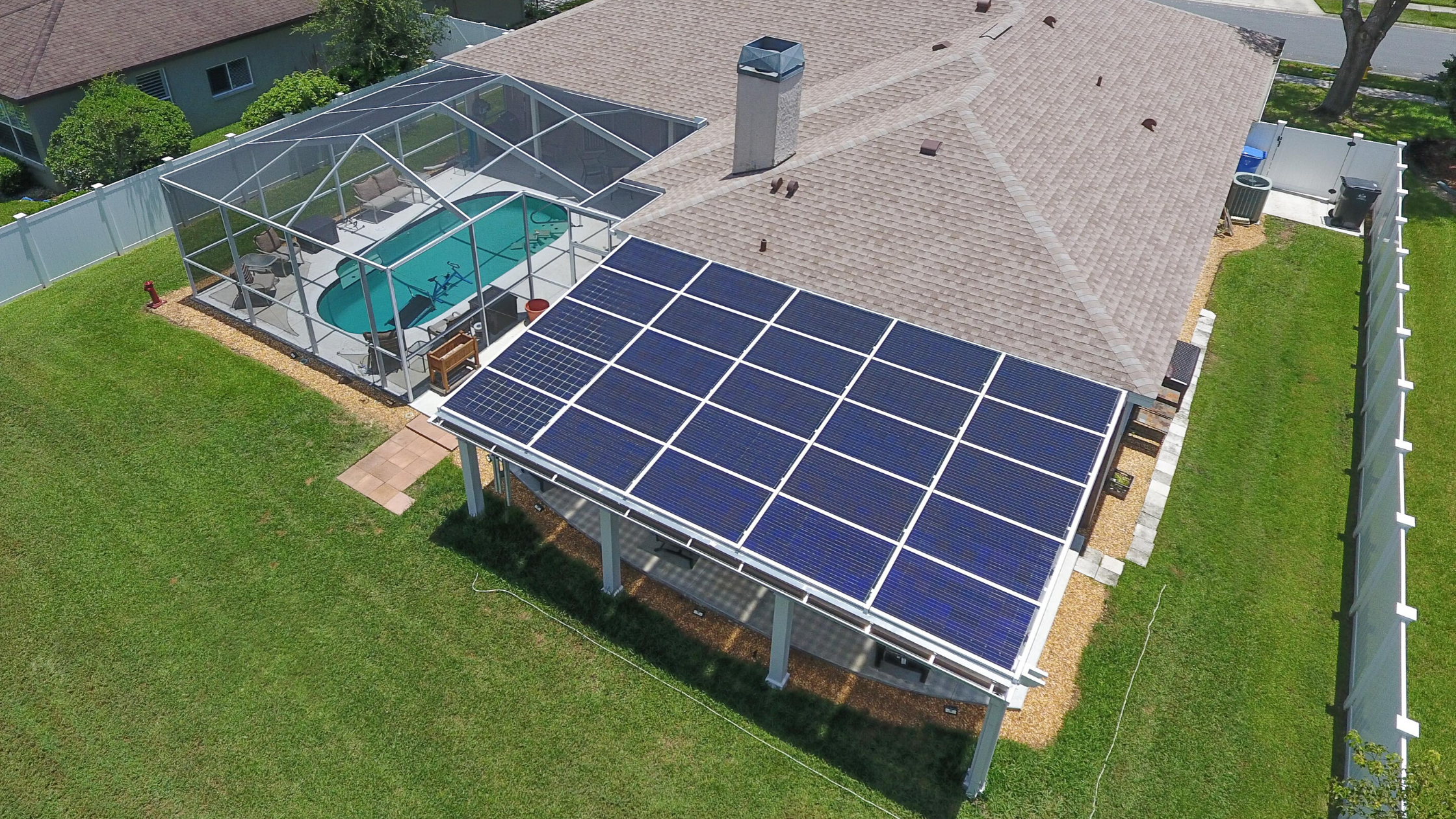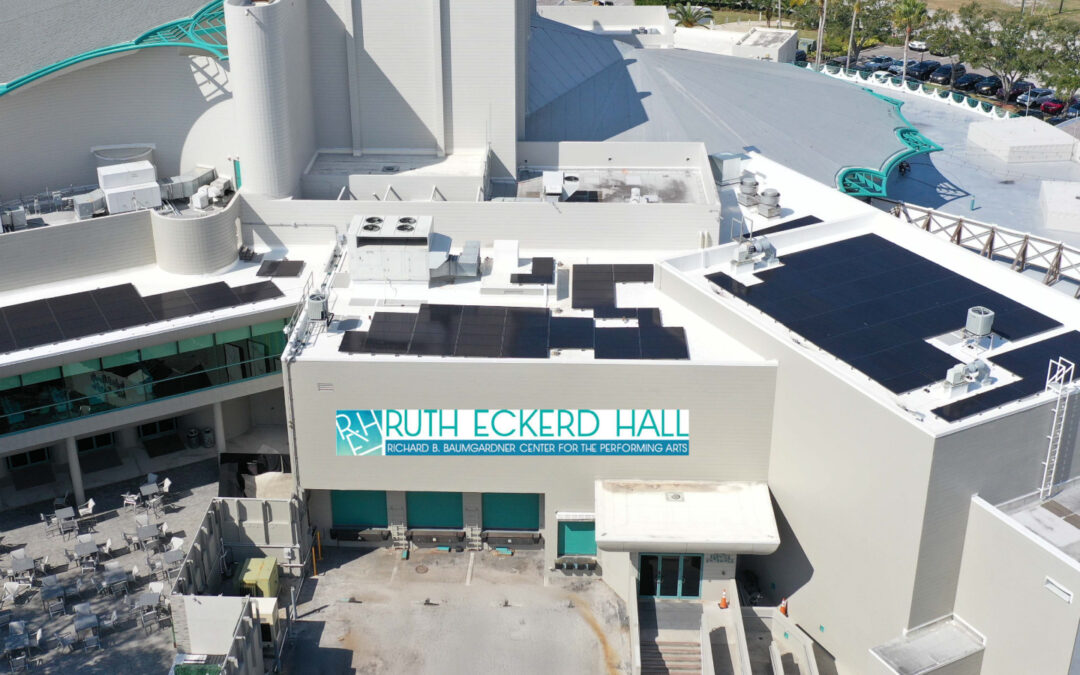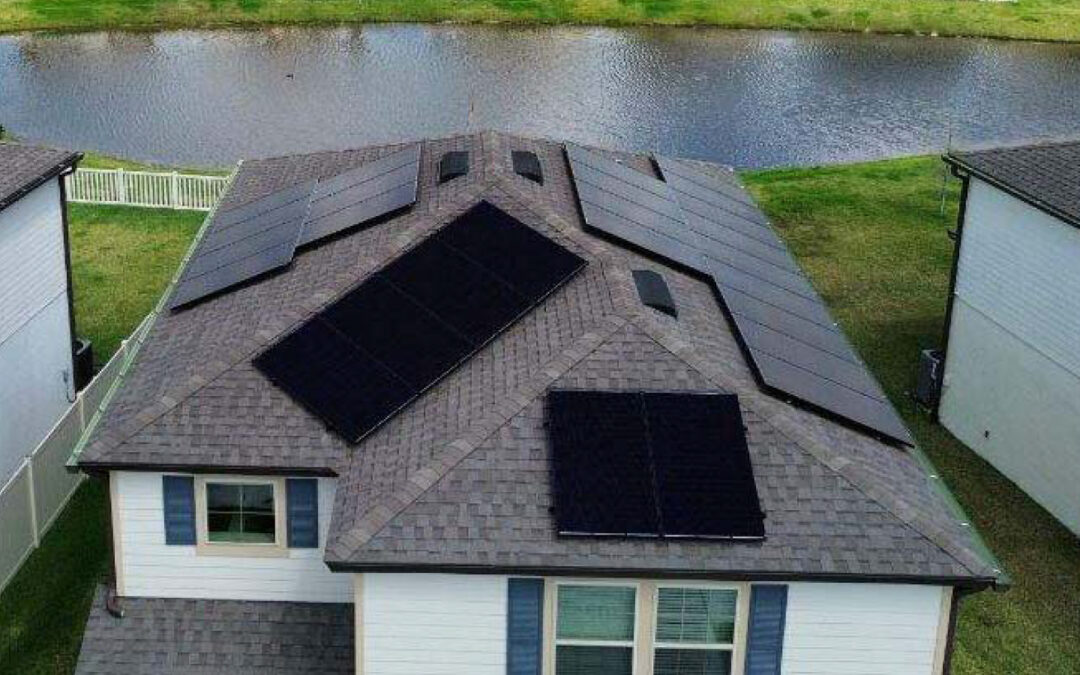Ben Alexander of Tampa Bay Solar provides his experience with helping others go debt-free with solar panels and electric vehicles. Read below to learn more about how you too can lower or erase your debt by embracing green tech.
I’ve been teaching a “Go Debt Free” class at my church in Land O’Lakes, Florida, over the past few years.
I’ve personally paid off over $300,000 in debt — including two mortgages, business loans, credit cards and car payments — since 2014, equaling a $4,200 payment per month (ouch). My best student paid off $100,000 in debt within two years of taking my class.
But there’s a way to prevent accruing this debt that many people aren’t aware of: Green technology like solar panels.
Here’s how to go debt-free with green tech and why it’s not as expensive as some like to believe:
Save Thousands with Electric Vehicles
Let’s look at cars for a minute.
When the Toyota Prius hit the market 18 years ago, it cost $25,000 — far more expensive than a $18,000 Toyota Camry LE model. The Prius got 48 miles per gallon, while the four-cylinder Camry got 28 miles per gallon. At $3 dollars per gallon over 100,000 miles, the Prius owner spent $6,200 on gasoline, while the less efficient Camry driver spent $10,700 at the pump.
Buying a new Prius is expensive. But when you research the prices of a three-year-old Prius versus a three-year-old Camry (with similar mileage), the prices even out. Most used car buyers will own a car until it hits very high mileage — a financially smart move. As used cars, you can get either model with 50,000 miles for about $16,000. Assuming that you drive both cars for another 150,000 miles at $3 per gallon, the Camry driver will spend a whopping $16,000 at the pump, while the Prius driver will only part with $9,300 for gas.
But what does green tech have to do with paying off debt? For starters, you can take the $6,700 you save by driving a Prius and pay down the mortgage on your home, or put that money in your child’s college fund, or just evaporate one of your credit card balances.
Most people don’t look at small, recurring costs as huge long-term costs — we just pay it and don’t think about it because we don’t think there is another option, but it adds up in the long run.
Go Debt-Free with Solar Panels
There is another cost in your life that most others are blind to because they feel powerless to get rid of it: Electricity costs.
If you own a home and pay $200 per month for electricity, that’s $2,400 per year — well over $26,000 over the next decade when you factor in rate hikes and inflation.
Even a $150-per-month electric bill is $19,000 over the next decade.
Yet, most people think installing solar panels on roofs is far more than these electric costs. This isn’t the case, especially since panel prices hit grid parity in 2016. A solar array that generates $26,000 over the next decade (that’s a 10.5kW system) will cost you less than $18,000 even if you finance it. The array will evaporate a $200-per-month bill and replace it with a $165-per-month payment.
When the system is paid off in the next 6 years, you will only pay a small monthly fee to the electric company. Currently, the fee is $17 per month for TECO and only $9 for Duke Energy.
The solar panels on my roof here in Wesley Chapel lowered my bill by $200 per month, or $2,400 per year. Now, my payment is only $135 per month because I put money down on the system.
Even after my solar panel array pays for itself, it will add value to my home. The panels have a 25-year warranty, so they should last decades — and I’ll get my money back three or four times if I don’t move.
Plus, a few years ago, I bought a 2013 Chevy Volt that runs on electricity for the first 40 miles after a charge. This means that the solar panels on my roof charge my car for free — and since the Volt only uses gasoline after the electric charge is exhausted, there are many days when I use zero gasoline.
Consider what your finances would look like if you never spent another cent on gasoline. Some people spend $300 per month on gas alone — what if you used that $300 toward the principal on your mortgage?
By putting solar panels on my roof and driving a plug-in electric vehicle, my costs for electricity and gas will be at least $15,000 less over the next decade. If I sell my home, I’ll also get a higher market value because of my solar panel array on the roof, especially as electric cars become more common.
You, too, can lower or erase your debt by embracing green tech. Contact us today for your free energy audit, and we’ll show you how easy — and affordable — it is to get solar panels installed on your roof.
– Written by Ben Alexander
